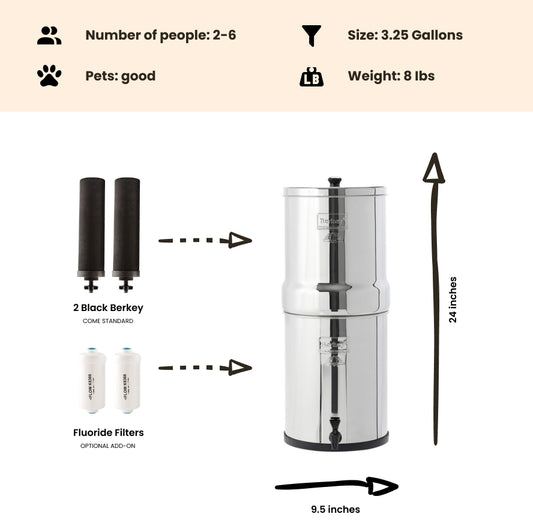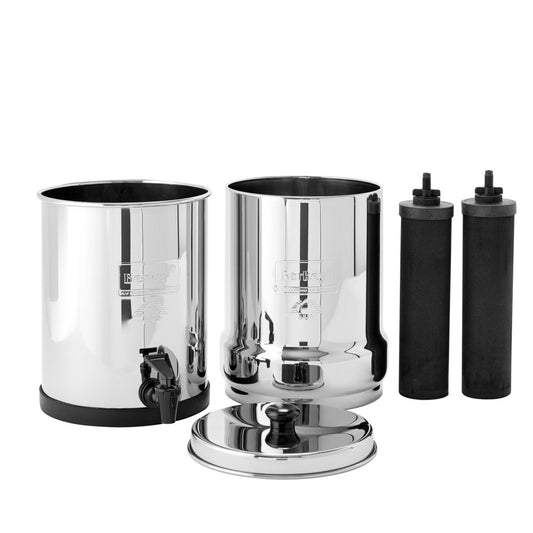
Simple Filtration Method Can Stop Urban Storm Water from Killing Salmon
By Dan DeBaunShare
A recent study has revealed that pollutants in stormwater runoff from parking lots, roads and other paved surfaces is killing adult salmon in West Coast urban streams. The study, which was recently published in the Journal of Applied Ecology, is the first to show how salmon mortality is linked to urban stormwater, and suggests that by filtering urban runoff using a simple inexpensive filtration system consisting of sand and soil filter media, the fish can be protected from the toxic effects of pollutants in runoff.
According to Julann Spromberg, a NOAA Fisheries research scientist and lead author of the paper, untreated urban stormwater runoff is highly toxic to salmon, and the primary goal of this study is to come up with an inexpensive and practical solution for improving water quality. As salmon are good indicators of water quality, their survival is a good indicator of whether a water treatment method is effective or not.
Biologists have been studying the impact that urban storm water has on salmon, concentrating largely on streams surrounding Puget Sound, Washington, where over half of the spawning adults returning to stormwater impacted streams each year die before they have had the chance to spawn.
Coho salmon are listed as an endangered species in south western Washington, Oregon and California, and these significant annual losses of wild coho stocks to storm water toxins before they are able to spawn, could further endanger their populations. The proposed filtration columns function on the same principal as rain gardens, which are rapidly gaining in popularity in the Northwest.
The authors suggest that this simple, ecologically sound, natural stormwater filtration method is an example of new green storm water management technologies that should be implemented in both new development and redevelopment projects in an effort to reverse the declining trend and help wild salmon stocks recover. The study, which exposed adult salmon from a hatchery in Washington to differing degrees of contaminated and uncontaminated water, including stormwater runoff from a major Washington highway, shows that coho salmon are ecological indicators of harmful water pollutants present in urban stormwater runoff.
Fish that were exposed to runoff originating from the highway were killed within a 24 hour period. However, once the scientists filtered the polluted water through a 3ft column consisting of layers of sand, compost, gravel and bark, all of the exposed fish survived as they did when exposed to clean water. A water analysis revealed that the sand column filters reduced heavy metal pollutants by 58% and toxic hydrocarbons by 94%. Jen McIntyre, co-author and researcher at the storm water program at Washington State Univerity’s Puyallup Research and Extension Center, was most impressed with how effective the treatment was.
"It's remarkable that we could take runoff that killed all of the adult coho in less than 24 hours - sometimes less than four hours - and render it non-toxic, even after putting several storms worth of water through the same soil mixture."
The researchers initially attempted to create a potion resembling stormwater runoff by mixing together various contaminants such as heavy metals and crude oil that are known to be present in urban runoff. However, this artificial concoction did not have the same fatal impact on the fish as the runoff from the highway — the fish survived being exposed to it the same as they did to uncontaminated water — which suggests that urban runoff contains other unknown pollutants from motor oil, exhaust and dust emitted by tires and brakes due to wear and tear. According to the scientists, it could take some time to conduct further tests and analysis to pinpoint what exactly in the water is killing the salmon. Previous research in this regard indicates that coho salmon mortality is correlated to the extent of paved surface within a watershed, so it appears that the toxic ingredients in streams originate from urban runoff rather than agricultural or household toxins such as pesticides or pharmaceuticals.
"The recurring coho spawner deaths have been a high-profile mystery for many years, and we're now much closer to the cause," concludes co-author Nat Scholz. "Although we haven't identified a smoking gun, our study shows that toxic stormwater is killing coho, and that the problem can be addressed."
Journal Reference Julann A. Spromberg, David H. Baldwin, Steven E. Damm, Jenifer K. McIntyre, Michael Huff, Catherine A. Sloan, Bernadita F. Anulacion, Jay W. Davis, Nathaniel L. Scholz. Coho salmon spawner mortality in western US urban watersheds: bioinfiltration prevents lethal storm water impacts. Journal of Applied Ecology, 2015; DOI: 10.1111/1365-2664.12534
-
Regular price $234.00 USDRegular priceUnit price / per
-
Regular price $327.00 USDRegular priceUnit price / per
-
Regular price From $367.00 USDRegular priceUnit price / per
-
Regular price From $408.00 USDRegular priceUnit price / per
-

 Sold outRegular price From $451.00 USDRegular priceUnit price / per
Sold outRegular price From $451.00 USDRegular priceUnit price / per -
Regular price From $478.00 USDRegular priceUnit price / per
-
Regular price $332.50 USDRegular priceUnit price / per
$350.00 USDSale price $332.50 USDSale

Dan DeBaun is the owner and operator of Big Berkey Water Filters. Prior to Berkey, Dan was an asset manager for a major telecommunications company. He graduated from Rutgers with an undergraduate degree in industrial engineering, followed by an MBA in finance from Rutgers as well. Dan enjoys biohacking, exercising, meditation, beach life, and spending time with family and friends.
~ The Owner of Big Berkey Water Filters
















